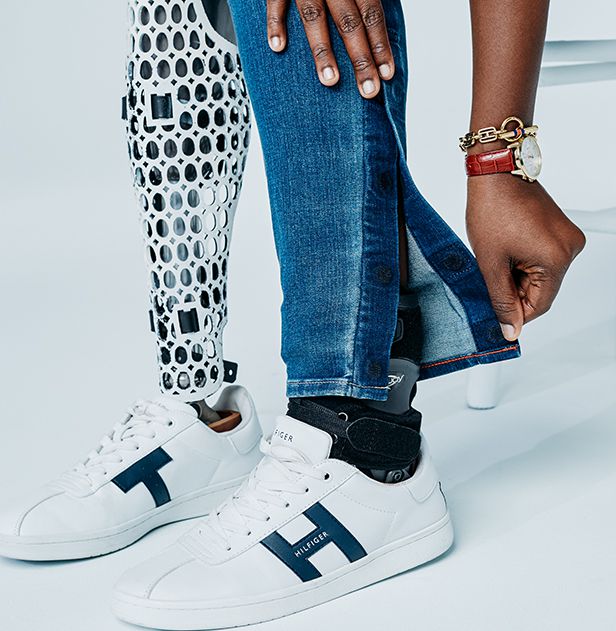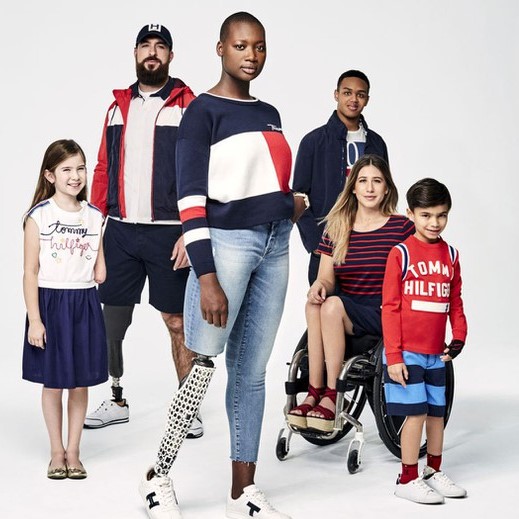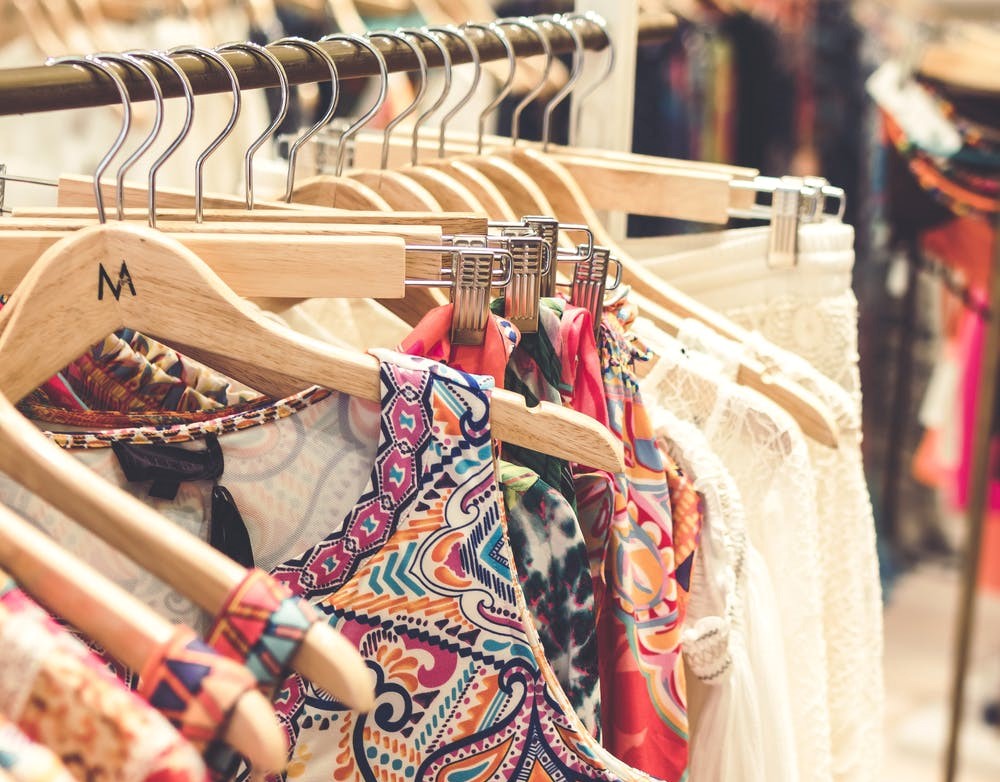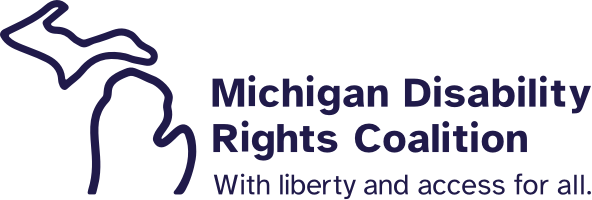Access Moves Fashion Forward!
Thursday, February 21, 2019


In her 2017 TedTalk, ‘Why Design Should Include Everyone’, Sinéad Burke (writer, educator, and little person) asks, “who are we not designing for? Design impinges on the clothes that I want to wear. I want garments that reflect my personality. It’s difficult to find in the children’s wear department. And often women’s wear requires far too many alterations.” Sinéad spotlights something that people with disabilities deal with everyday: clothes that fit (and flatter!) our bodies in the ways that we need. 
In recent years, the fashion industry has started becoming more inclusive of our bodies and needs. Last year, “the Cerebral Palsy Foundation (CPF) held its third Annual Design for Disability Gala, which showcases new fashions for people with disabilities. Outfits, which feature innovations in fit, closures, and form, are designed by students from Fashion Institute of Technology (F.I.T.), Pratt Institute and Parsons School of Design, with insights from CPF’s disability experts and designer Anna Sui. The fashions were remarkable: gorgeous in design as well as the way they incorporated dozens of innovations which made them easier to be worn by people with disabilities. This short film showcases the design process for the event.”
Some designers are creating entire clothing lines that attempt seamless accessibility based on feedback they’ve heard, “Tommy Hilfiger heavily considered feedback from the disability community when creating the new line, and was sure to make significant improvements from its first line after customer feedback.”-Elle. A 2018 article from Mashable shares, “Tommy Hilfiger is expanding its innovative disability-friendly clothing initiative by unveiling Tommy Adaptive, a new line that includes a variety of new and stylish pieces. The line includes the essential fashion pieces like shirts, pants, shorts, dresses, and jackets — but Tommy Adaptive clothes are easier to put on. Modifications such as adjustable hems, one-handed zippers, side-seam openings, bungee cord closure systems, adjustable waists, and magnetic buttons and velcro make the fashionable designs much more disability friendly. Some shirts are even made with easy-open necklines and expanded back openings.”

It’s exciting that access is being thought about in these practical ways and becoming sewn into clothing. Will universal design hang on every hanger in our closets someday? Maybe, but until then, here are a few Assistive Technology (AT) devices that can make dressing & undressing the current clothing in our closets & dressers more accessible:
- Stiff and sore fingers, tremors, or loss of dexterity can turn buttoning a shirt into a frustrating struggle. Try a button hook to fasten regular-size buttons. Or, to avoid buttons, apply/sew Velcro to buttons and clothing; you can pull and push closure together rather than having to button.
- A handheld grabbing tool can reach for more than just clothing, but it comes in handy while getting dressed. Instead of bending over or reaching for various clothing items, use a grabber!
- Dressing sticks can help pull up pants and zippers and help fasten buttons. And they can be used to push off clothing and remove socks.
- Rings and loops can added to zippers can help with the task of zipping or unzipping. Handheld zipper pulls are also available.
- And for those of us who like to wear jewelry, there are devices to help fasten bracelets and magnetic clasps that can be added to jewelry.
Thanks for reading! I’ll leave you with 3 questions: If you could design a piece of adaptive clothing, what would it be? How would it function differently? What would it look like?


